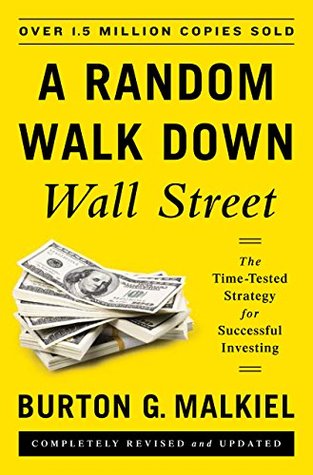The stock market appears to be an efficient mechanism that adjusts quite quickly to new information. Neither technical analysis, which analyzes the past price movements of stocks, nor fundamental analysis, which analyzes more basic information about the prospects for individual companies and the economy, seems to yield consistent benefits. It appears that the only way to obtain higher long-run investment returns is to accept greater risks. Unfortunately, a perfect risk measure does not exist. Beta, the risk measure from the capital-asset pricing model, looks nice on the surface. It is a
The stock market appears to be an efficient mechanism that adjusts quite quickly to new information. Neither technical analysis, which analyzes the past price movements of stocks, nor fundamental analysis, which analyzes more basic information about the prospects for individual companies and the economy, seems to yield consistent benefits. It appears that the only way to obtain higher long-run investment returns is to accept greater risks. Unfortunately, a perfect risk measure does not exist. Beta, the risk measure from the capital-asset pricing model, looks nice on the surface. It is a simple, easy-to-understand measure of market sensitivity. Alas, beta also has its warts. The actual relationship between beta and rate of return has not corresponded to the relationship predicted in theory during long periods of the twentieth century. Moreover, betas for individual stocks are not stable over time, and they are very sensitive to the market proxy against which they are measured. I have argued here that no single measure is likely to capture adequately the variety of systematic risk influences on individual stocks and portfolios. Returns are probably sensitive to general market swings, to changes in interest and inflation rates, to changes in national income, and, undoubtedly, to other economic factors such as exchange rates. Moreover, there is evidence that returns are higher for stocks with lower price-book ratios and smaller size. The mystical perfect risk measure is still ...
...more
This highlight has been truncated due to consecutive passage length restrictions.


